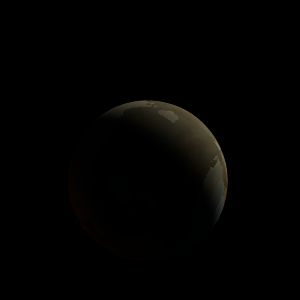|
|
Space Astro
|
Info for exoplanet "Enhwei"
| Scientific (actual) data |
|---|
| Name | Kepler-996 b |
| Planet status | Confirmed |
| Radius | 0.177 |
| Orbital period | 3.77059 |
| Discovered | 2016 |
| Updated | 2021-02-05 |
| Tconj | 2454970 |
| Publication | Announced on a website |
| Detection type | Primary Transit |
| Alternate names | 2MASS J19273906+4132009 b, K01882.01, KIC 6205228 b, KOI-1882 b, KOI-1882.01, WISE J192739.07+413201.1 b |
| Star name | Kepler-996 |
| Right ascension | 291.91° |
| Declination | 41.53° |
| Mag j | 13.546 |
| Mag h | 13.246 |
| Mag k | 13.171 |
| Star distance | 1098 |
| Star metallicity | 0.03 |
| Star mass | 1.09 |
| Star radius | 1.14 |
| Star age | 3.63 |
| Star temperature | 6014 |
| Star alternate names | 2MASS J19273906+4132009, KIC 6205228, KOI-1882, WISE J192739.07+413201.1 |
| Wikipedia article | Kepler-996 b |
Back
| |
| Fictional info (?) |
|---|
| Suggested name | Enhwei |
| Planet type | Cold planet |
| . |
| Atmosphere | Water vapor | 70% |
| Ammonium hydrosulfide (NH4SH) | 28% |
| Molecular hydrogen | 1.1% |
| Ammonia | 0.37% |
| Carbon monoxide | 0.13% |
| Krypton | 0.0041% |
| Atmospheric pressure | 19 bar |
 |
| No known satellites |
| Google search for Enhwei |
|
Website by Joachim Michaelis
|
|
|
|